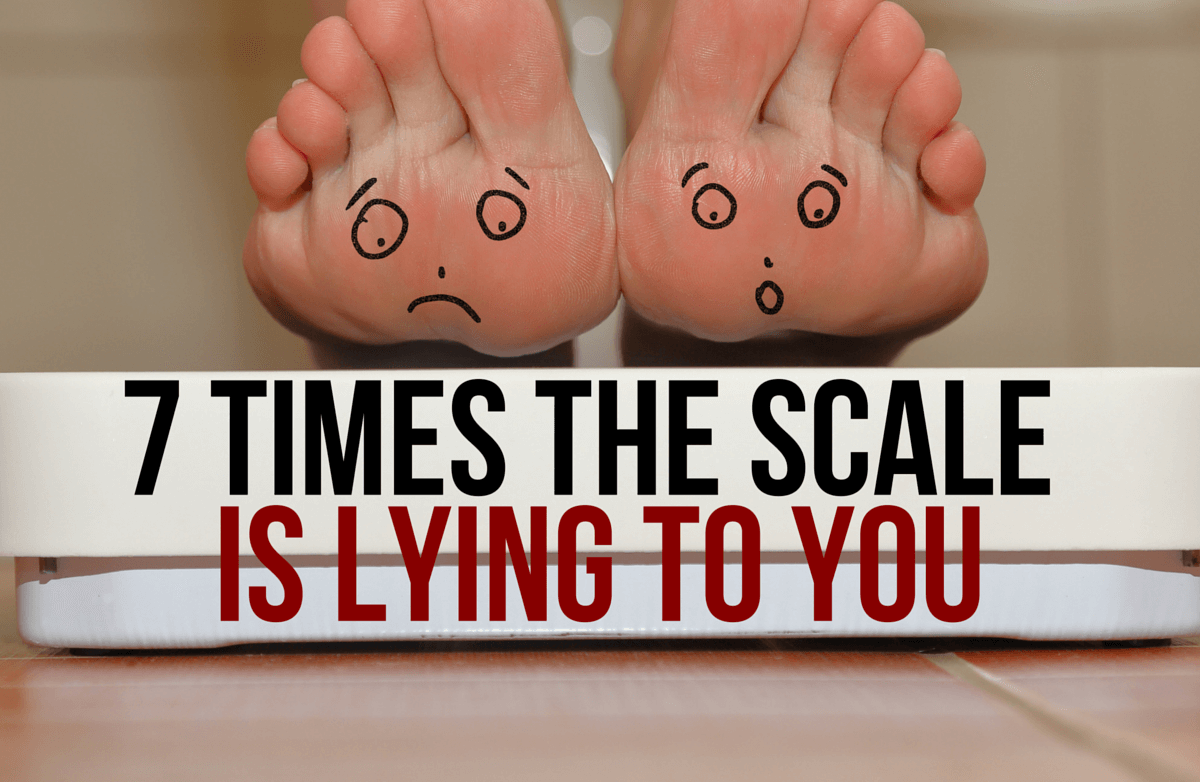You’re killing it on the treadmill, mixing it up with some strength training, eating more of the right foods and less of the wrong ones, and staying honest by tracking your meals and workouts. In some ways, all your hard work is paying off. You feel stronger and slimmer. Muscles that have been MIA for ages are finally peeking out, creating new definition in your arms, legs and abs. Maybe your energy is soaring, allowing you to accomplish more than ever before (and have more fun doing it!). Your clothes are fitting a little better, and overall, you like what you see in the mirror. So why is the number on the scale higher than you’d expect?
In short, you're heavier than you look.
You're not alone. Plenty of people are baffled by what seems like a disconnect between the number on the scale and the image in the mirror.
Is Strength Training Making You Heavier?
If you've recently started dipping your toe (or your triceps) into strength training, that could have something to do with the discrepancy between the scale and the mirror. While it's a myth that muscle weighs more than fat—after all, a pound is a pound—it is denser, which means it takes up less space in the body. This may explain why you look slimmer but the scale hasn't budged.
Water weight could also be a factor, according to strength and conditioning coach Brandon Mentore. After physical activity—strength training in particular—water retention is activated to compensate for what has been lost through exertion and sweating. "In combination with the muscle’s uptake of water during training, this can cause you to weigh a couple pounds more post-exercise," Mentore explains. "The more intense or strenuous the exercise, the more pronounced the effect can be."
Fitness trainer Alex Haschen has seen a lot of his clients struggle with this at the outset of an exercise program, as they tend to want to quantify all their hard work by seeing a certain number on the scale. "Generally speaking, most people looking to ‘get in shape’ are referring to losing weight," Haschen says. "When the scale shows a smaller number, they consider that an accomplishment, and it is, but the scale is far from the only way to measure healthy successes."
How to Measure Progress off the Scale
According to Haschen, the best way to gauge progress in the gym is to monitor your body fat percentage (BFP). "Lowering your BFP not only helps you get the physique you desire, but it also drastically improves your overall health," he says. There are many different ways to measure your body fat percentage, some more accurate than others, but as long as you use the same method consistently you can get an idea of your progress.
Tyler Spraul, a trainer with Exercise.com, recommends taking periodic progress photos as a visual record of the changes to your body. "Even if the scale isn't budging, you will be able to see some changes happening that you probably would not notice if you didn't have a record," he says. "There's so much going on when you start to strength train, including building up of muscle tissue, strengthening and reinforcing bones and connective tissue—all kinds of positive growth that is paving the way to a stronger version of you."
If progress photos aren’t your cup of team, there are plenty of other ways to measure progress off the scale:
- Try on the same pair of pants each week to see if they’re fitting you differently
- Use measuring tape to determine inches lost
- Monitor your cholesterol, blood sugar, triglycerides and/or thyroid levels
- Pay attention to how you feel—your energy level, confidence and overall wellness
- Focus on new things you can do that you couldn’t before, like pushups, pull-ups or running a mile













